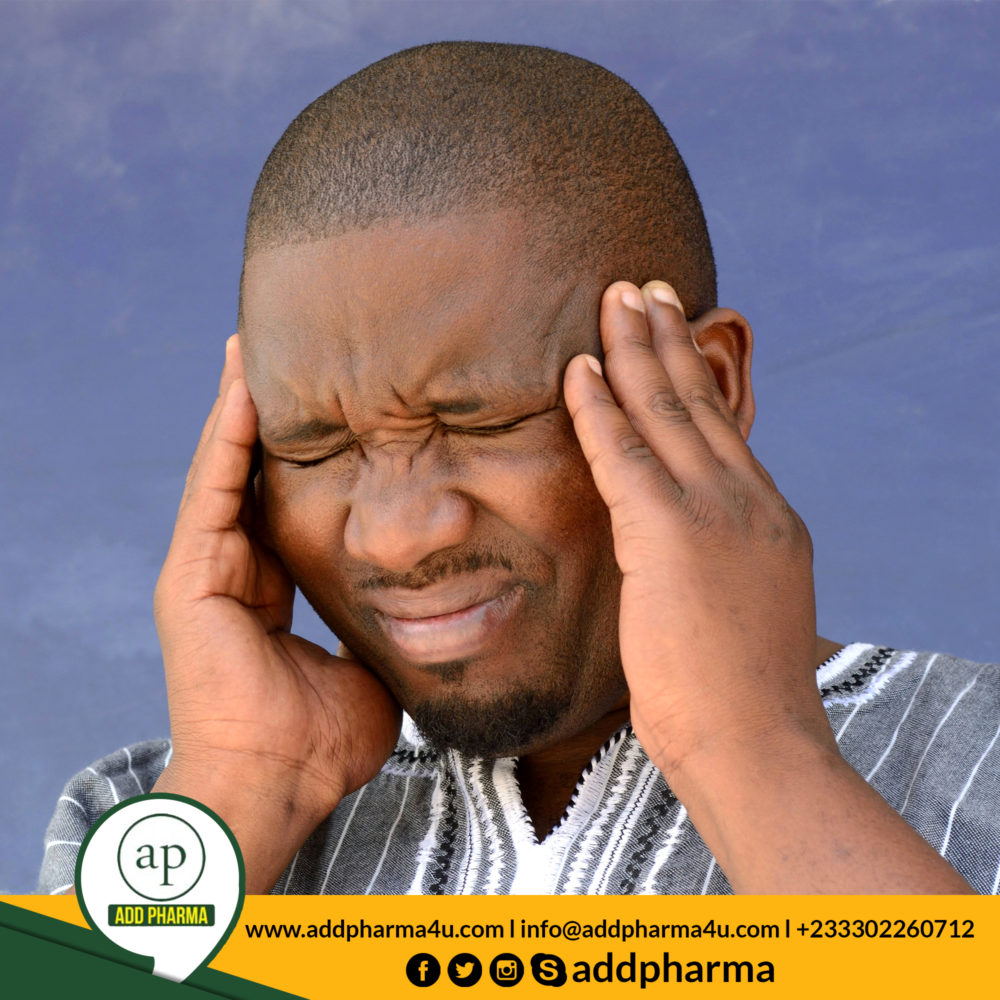A migraine is a type of headache that causes pains that are moderate to severe. Unlike tension headaches, which usually affect the entire head or neck, migraine pain is unique because it tends to occur on only one side of the head (although it can also affect both).
Migraine symptoms include pulsing or throbbing pain that lasts for several hours or even days, usually coupled with vision changes and increased sensitivity to light and sound. Some people also experience symptoms like nausea and vomiting during migraine attacks, disturbances in sensations, lack of coordination, trouble sleeping, and mood swings.
Unfortunately, migraines can take a serious toll on someone’s quality of life, causing anxiety over future attacks and contributing to missed days at work. Many migraine patients report that at least several times per year they aren’t able to attend work or school due to having trouble concentrating and can’t speak or operate normally following an attack for hours.
What causes migraine headaches? Some people report that their migraines symptoms get worse when they suddenly increase physical activity, are exposed to bright lights and loud sounds, or spend too many hours in front of computers and electronic devices. But the underlying causes of migraines include:
- High levels of inflammation, which affect nerves in the brain and blood vessels
- A poor diet and nutrient deficiencies
- Changes in neurotransmitter levels, including low serotonin levels and high levels of “stress hormones” like cortisol
- Chronic stress (including feeling overly anxious, busy or rushed, and nervous)
- Hormonal changes
- Dysfunction in the brain stem due to injury or past illnesses
- Dehydration
- A lack of sleep
- Eye strain due to high amounts of light exposure
- Poor posture that affects the spine
- Other health conditions that affect the neck or spine, including TMJ
- Reactions to medications (including those that affect nerves, hormones and blood pressure)
- Family history and genetic susceptibility
Precautions When Treating Migraines
If you’ve been struggling with severe headaches for some time, look out for changes in how often and how severely you have symptoms to check for patterns and changes (especially if you’re over 40). Sometimes severe migraines that come on suddenly can point to a worsening or underlying health condition, so always talk to a professional if you notice any of the following symptoms for the first time:
- Headaches that are very sudden and intense, stopping you in your tracks.
- Very stiff neck, fever, mental confusion and dizziness.
- Headaches accompanying mild seizures, double vision or fainting.
- Severe headaches after trauma or an injury.
- Headaches that last more than several days and are unexplained. If your migraines don’t seem to coincide with any triggers or other health conditions, especially if you’re older 50, seek professional help.
Final Thoughts on How to Get Rid of a Migraine
- Migraines are severely painful headaches caused from a series of neurological events that trigger head pains, sensitivity to light and sound, vision changes, and sometimes digestive upset.
- Causes of migraines include inflammation, high amounts of stress, nutrient deficiencies, nerve damage, hormonal changes and genetic susceptibility.
- If you’re wondering how to get rid of a migraine naturally, try managing stress, altering your diet, getting enough sleep and rest, avoiding triggers, and dulling pain with essential oils and/or heat and ice.






























